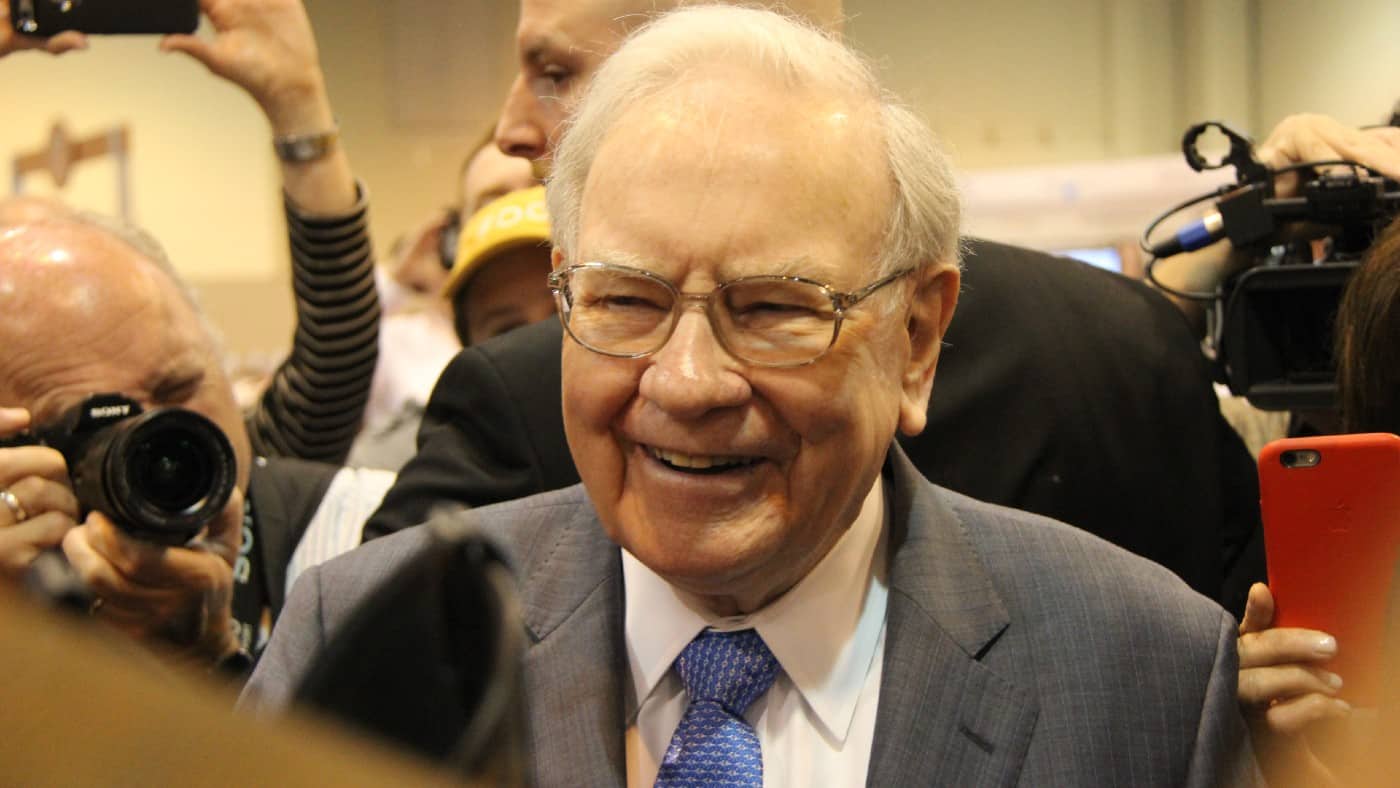For those who are starting their investing journey at 40 years old with no savings, I’d say there’s nobody better to follow than Warren Buffett.
The billionaire investor’s advice helps even small savers aim for market-beating returns – perfect for those who have a little less ‘time in the market’.
Buffett’s most famous tip is one that he refers to as “rule number one” and others have called his “golden rule”. This nugget of wisdom is one of the reasons his firm Berkshire Hathaway has achieved nearly a 20% average return for decades and decades.
And while I’m looking at investing in dividends of around 4%, savings accounts of around 5% or the FTSE 100 with an average return of 7%, it’s hard not to look at Warren Buffett’s average return of near 20% and wonder how I could follow his approach.
Returns of 20% per year would have made relatively small sums into outrageous amounts. If I had invested in Berkshire Hathaway in 1983, my stake would now be worth 402 times my original amount. A £2,487 stake invested with Buffett would now be over £1m. Crazy stuff.
That rule
I’m not going to bank on outsized returns like that. And really, no one should, as they’re about as good as anyone can get from the stock market. But if I can use his advice to improve my own stock performance, I might be able to hit my financial goals a little faster.
On to the golden rule then. Here it is, in Buffett’s own words: “Rule No. 1: Never lose money. Rule No. 2: Never forget Rule No. 1.”
Okay, don’t lose money. Sounds simple enough, but what does he actually mean by it?
Well, stock markets are places where billions of shares change hands on a daily basis. One might think playing the markets means making several trades an hour armed with a trusty ‘buy low, sell high’ mantra.
A frenzied approach to buying and selling shares might work for big banks and institutional investors, but for the DIY investor, it’s a recipe for disaster. Each trade is subject to the irrational whims of the stock market, and the trading fees mount up too. The end result is that buying and selling stocks for hours every day is an easy path to losing money.
Don’t lose money
Buffett, on the other hand, doesn’t buy stocks for an afternoon. He buys them for decades. Most importantly, he doesn’t lose any money unless he sells.
For example, Buffett bought shares in Coca-Cola many years ago. Since his purchase of a chunk of the fizzy drinks giant, the stock has stagnated, crashed and dived. On one occasion, the shares in Coke dropped by over 50%. Did Buffett lose 50% of his money? No, because he didn’t sell. He held on to the stock until it had regained its value and, in doing, so never realised the loss.
Interestingly, the growth of his stake in Coca-Cola is such that he now makes billions in dividends every year – more than the original amount he put in.
Safe to say, his approach of not losing money worked well for him there, as it can for smaller investors, whether starting with no savings at 40 or at any other point on their investing journey.







